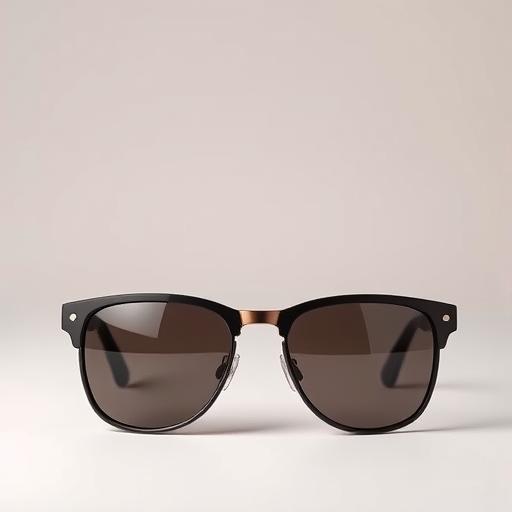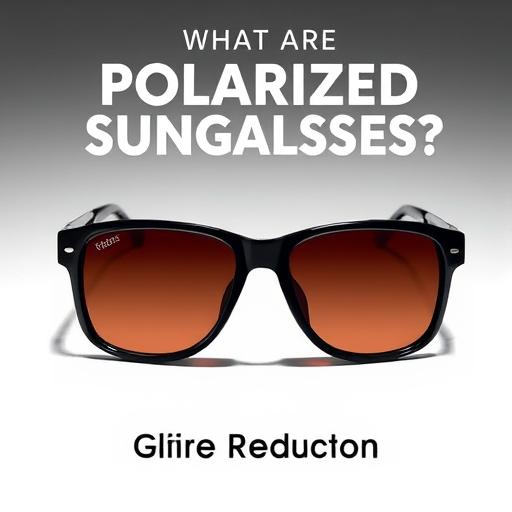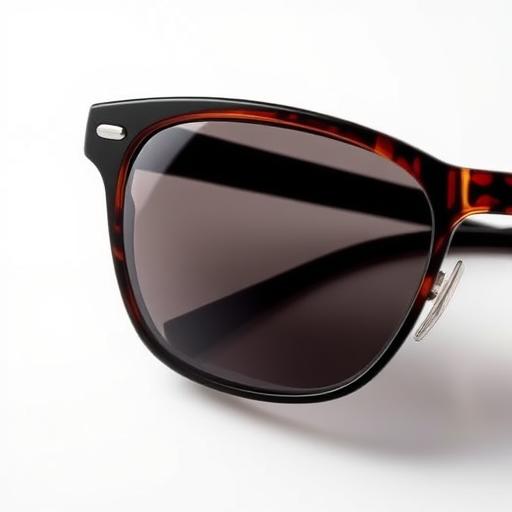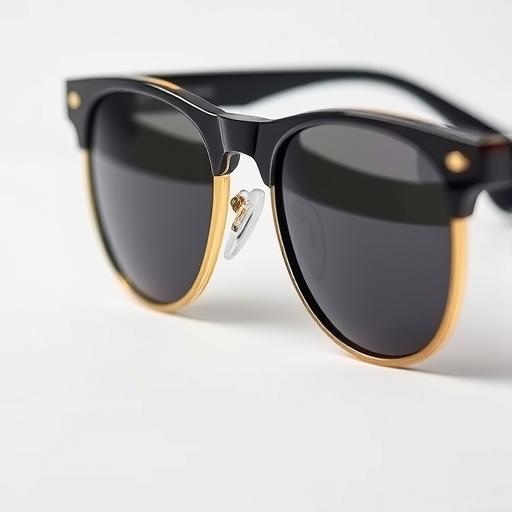What Are Polarized Sunglasses

Polarized sunglasses have become a staple in many people’s wardrobes, and for good reason. These specialized shades offer more than just a stylish look – they provide enhanced eye protection and visual clarity in bright conditions. Unlike regular sunglasses, polarized sunglasses are designed to reduce glare from reflective surfaces, making them a popular choice among outdoor enthusiasts and individuals who spend a lot of time driving. In this ultimate guide, we’ll explore what polarized sunglasses are, how they work, and why they’re an essential accessory for anyone who spends time outside.
Step-by-Step Process
Understand Polarization
Learn how polarized lenses block horizontal light for glare reduction.
Identify Glare Sources
Recognize common glare sources like water, snow, and roads.
Choose Lens Material
Select materials like polycarbonate or CR-39 for durability.
Check UV Protection
Ensure lenses block 100% of UVA and UVB rays.
Test Fit and Comfort
Try on sunglasses to ensure proper fit and comfort.
Process infographic for What Are Polarized Sunglasses
What Are Polarized Sunglasses and How Do They Work?
Definition of Polarized Sunglasses
Polarized sunglasses are designed to filter out horizontally polarized light, which is commonly reflected from surfaces such as water, snow, and roads. This type of light is known as glare and can cause eye strain and discomfort. Polarized lenses contain a special filter that blocks these horizontal light waves, allowing only vertical light to pass through. This results in reduced glare, improved visual clarity, and enhanced eye protection.
The key difference between polarized and non-polarized lenses is the presence of this special filter. Non-polarized lenses simply darken the light that passes through them, without filtering out glare.
How Polarized Lenses Work
Light waves are emitted in all directions, and when they reflect off a surface, they can become polarized in a specific direction. Glare is created when these horizontally polarized light waves enter the eye, causing discomfort and visual disturbances. Polarized lenses work by filtering out these horizontal light reflections, allowing only vertical light to pass through. This results in reduced eye strain, improved contrast, and enhanced visual clarity.
The benefits of polarized lenses are numerous. They reduce eye strain, improve visual clarity, and enhance eye protection. By filtering out glare, polarized lenses also improve contrast, making it easier to see in bright conditions.
Why Choose Polarized Sunglasses?
Benefits of Polarized Sunglasses
Polarized sunglasses offer numerous benefits, making them an excellent choice for anyone who spends time outside. Some of the key benefits include:
- Enhanced visual clarity and contrast
- Reduced glare for safer driving and outdoor activities
- Protection against harmful UV rays
- Better visibility in bright conditions (e.g., water, snow, roads)
Situations Where Polarized Sunglasses Excel
Polarized sunglasses are particularly useful in certain situations, including:
- Driving in sunny or rainy conditions
- Fishing, boating, and water sports
- Skiing, snowboarding, and winter sports
- Everyday use in bright environments
Polarized vs. Non-Polarized Sunglasses – Key Differences
Glare Reduction
Polarized lenses are designed to block horizontal light reflections, reducing glare and improving visual clarity. Non-polarized sunglasses, on the other hand, only darken the light that passes through them, without eliminating glare.

UV Protection
While polarized lenses offer excellent glare reduction, they may not always provide UV protection. It’s essential to check if the lenses offer UV400 or 100% UV protection, as not all polarized lenses provide this level of protection.
Cost and Availability
Polarized sunglasses are generally more expensive than non-polarized sunglasses, but they offer superior eye protection and visual clarity. High-quality polarized sunglasses can be found at specialty eyewear stores or online.
How to Identify Polarized Sunglasses
Visual Test Methods
There are several ways to test if sunglasses are polarized, including:
- The “LCD Test”: Look at a digital screen through the lenses. If the screen appears to darken or change color, the lenses are likely polarized.
- The “Glare Test”: Compare reflections on water or roads while wearing the sunglasses. If the glare appears to decrease, the lenses are likely polarized.
Labels and Certifications
When purchasing polarized sunglasses, look for labels or certifications that indicate the level of polarization and UV protection. Trusted brands known for quality polarized lenses include well-established eyewear companies.
Potential Drawbacks of Polarized Sunglasses
Limitations in Certain Scenarios
While polarized sunglasses offer numerous benefits, they may not be suitable for everyone. Some potential drawbacks include:

- Difficulty reading digital screens (e.g., car dashboards, ATMs)
- Reduced visibility in low-light conditions
Specialized Alternatives
For individuals who require specialized eye protection, alternative options may be available, including:
- Photochromic lenses (auto-darkening)
- Mirrored or gradient lenses for additional glare control
Conclusion
In conclusion, polarized sunglasses offer enhanced eye protection and visual clarity in bright conditions. By understanding how polarized lenses work and their benefits, individuals can make informed decisions about their eyewear needs. Whether you’re driving, fishing, or simply spending time outside, polarized sunglasses are an excellent investment for anyone who values eye protection and visual clarity.
FAQ Section
Q1: Are polarized sunglasses better for driving?
Yes, polarized sunglasses reduce glare from roads and other vehicles, improving safety while driving.
Q2: Can polarized sunglasses be used for skiing or snowboarding?
Yes, polarized sunglasses help reduce snow glare, but consider additional UV protection for prolonged use.
Q3: Do all polarized sunglasses block UV rays?
No, not all polarized sunglasses offer UV protection. Always check for UV400 or 100% UV protection.
Q4: Can I use polarized sunglasses for indoor use?
Generally, no, as polarized sunglasses may make screens harder to read.
Q5: How long do polarized sunglasses last?
With proper care, polarized sunglasses can last several years without losing polarization.

